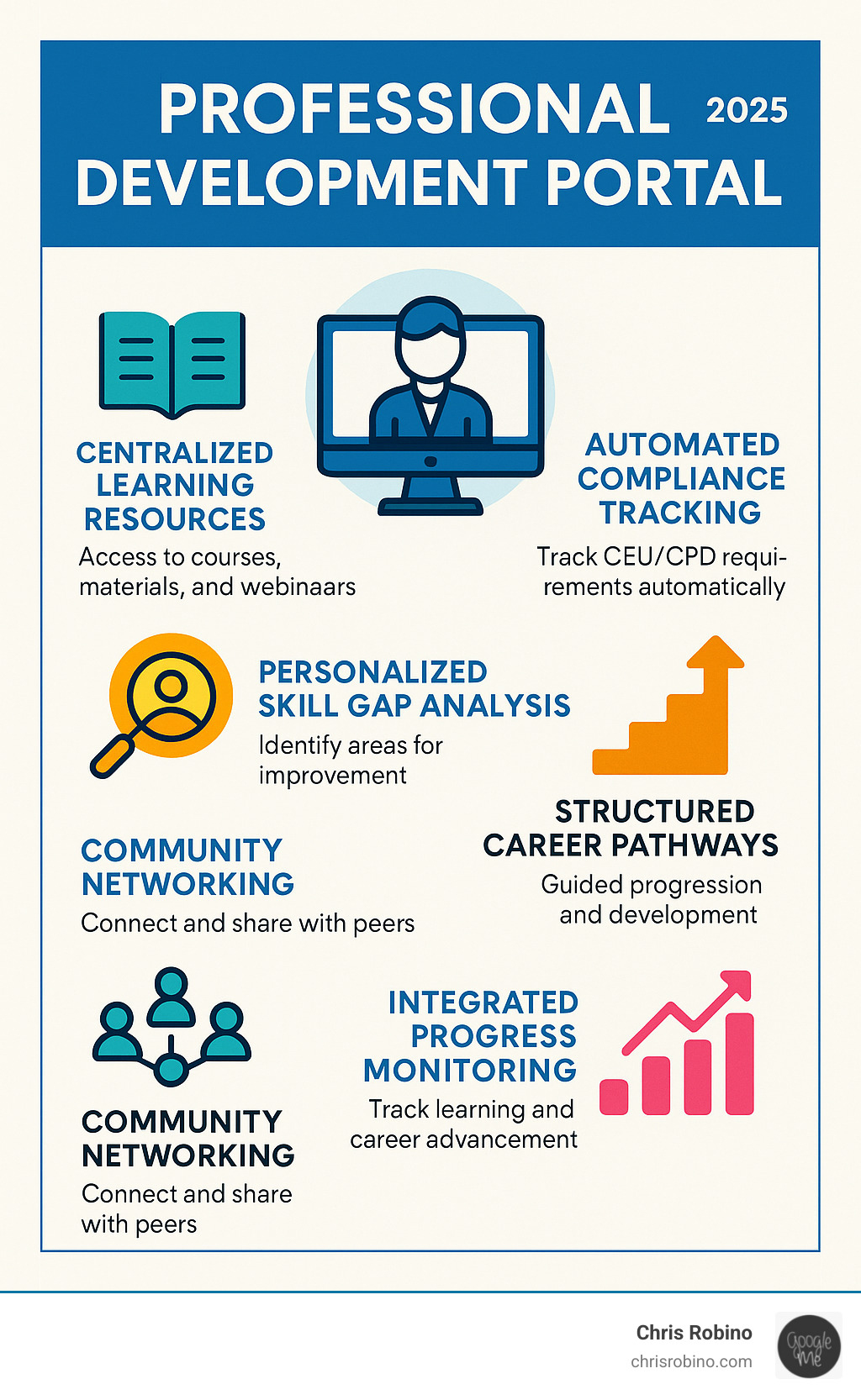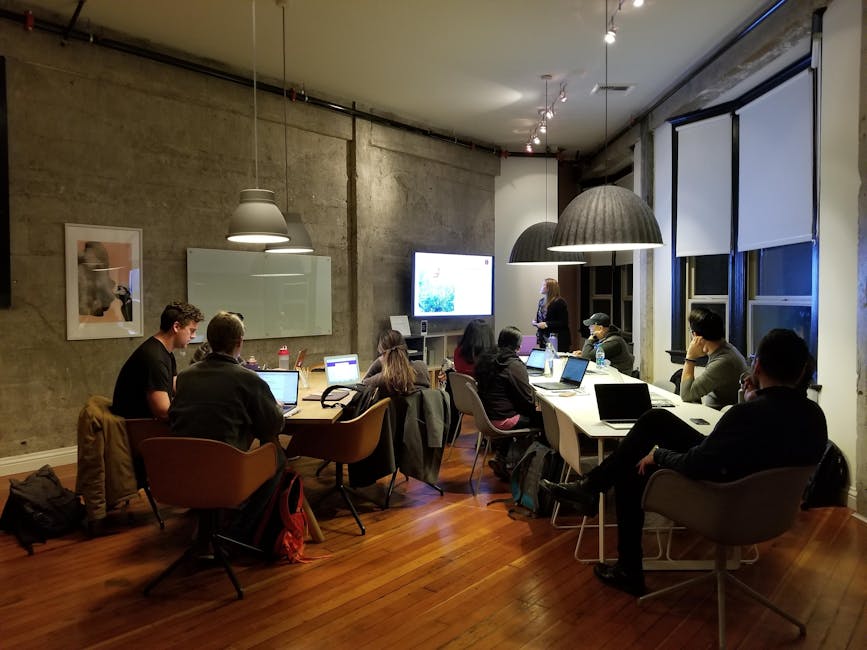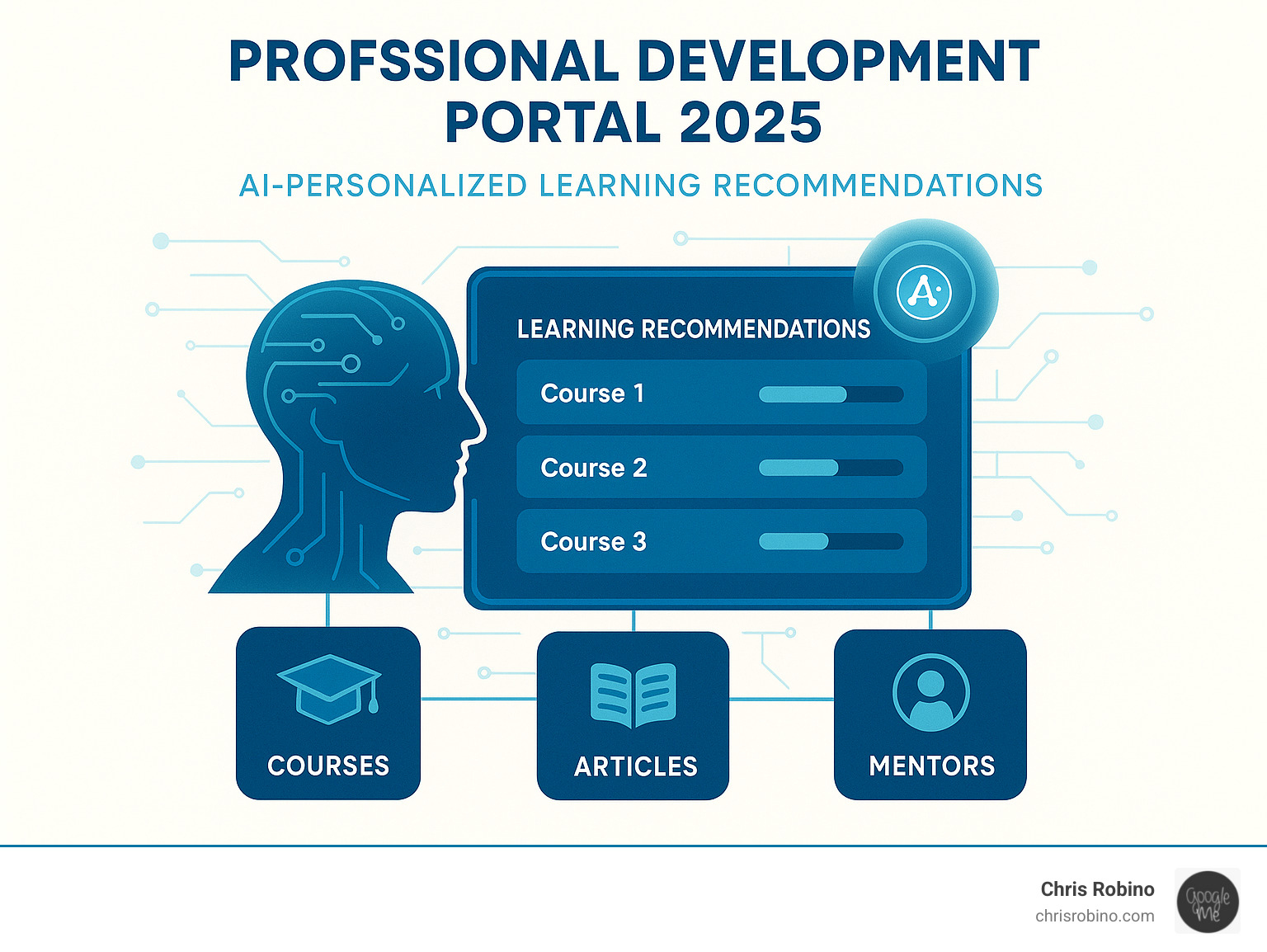Your Gateway to Scalable Enterprise SEO Growth
For large companies, SEO is not a set of isolated tactics—it’s an operating system for sustainable, compounding growth. Enterprise SEO aligns technical excellence, content systems, and cross-functional governance to capture demand, win market share, and reduce acquisition costs at scale. Done well, it becomes a durable competitive advantage that compounds over time.
Enterprise leaders succeed when they treat SEO like a product with a roadmap, stakeholders, and measurable outcomes. The focus shifts from “ranking for a few keywords” to building an adaptable, data-informed growth engine that supports thousands of pages, multiple brands, complex site architectures, and strict compliance requirements.
What drives outsized results for large organizations:
- Technical excellence at scale: fast, stable, crawlable sites with clean architectures and resilient templates.
- Information architecture and internal linking: a system that clarifies topic ownership, distributes authority, and guides both users and crawlers.
- Content supply chain: repeatable processes to create, update, and retire content across markets and lines of business.
- Entity and topical authority: structured data, clear expertise signals, and a coherent content graph around priority topics.
- SERP feature ownership: strategies for featured snippets, image packs, video, news, and other rich results.
- International and local expansion: scalable hreflang, localization frameworks, and multi-location optimization.
- Measurement, forecasting, and experimentation: business-focused KPIs, reliable baselines, and controlled tests.
- Governance and enablement: shared standards, checklists, and training that reduce rework and accelerate throughput.
Why this matters at the enterprise level:
- It reduces risk. Strong technical hygiene, clear redirects, and canonical rules minimize traffic loss during platform changes or site migrations.
- It scales decision-making. Systematized templates, component libraries, and content models propagate best practices across thousands of pages.
- It improves efficiency. A unified SEO backlog and prioritization model prevents teams from chasing “high volume” distractions and reorients effort toward high-impact initiatives.
- It compounds ROI. When site performance, content quality, and discoverability are reinforced across teams, each improvement amplifies the next.
In short, enterprise SEO is the orchestrated blend of people, process, data, and technology—optimized for speed, quality, and risk control. The outcome is predictable, defensible growth that supports brand objectives and withstands platform or algorithm shifts.

Open uping Enterprise SEO Potential: A Deep Dive
Core Strategies That Win at Scale
A high-performing enterprise SEO program combines resilient technical foundations, intelligent content systems, and cross-functional execution. Prioritize the following pillars:
- Crawl budget and index management: control indexation via robots directives, canonicalization, pagination rules, and selective noindexing to keep crawlers focused on high-value URLs.
- Site performance and Core Web Vitals: set performance budgets, optimize critical rendering paths, and ensure consistently fast experiences across templates and devices.
- Scalable metadata and templates: build schema-ready page types with slotting for dynamic titles, meta descriptions, headers, and internal links.
- Structured data and entity clarity: use schema markup to reinforce entities, relationships, and content purpose to improve rich results eligibility.
- Faceted navigation governance: avoid infinite combinations, add parameter rules, and serve canonical versions of critical listing pages.
- Internal linking frameworks: leverage hub-and-spoke patterns, breadcrumbs, and related content modules to consolidate authority and improve findability.
- Programmatic components with guardrails: build at scale without creating thin or duplicative pages; set content quality thresholds and uniqueness checks.
- Content operations: define intake, briefs, SME involvement, editorial standards, review workflows, and refresh cadences across product, thought leadership, and support content.
- E-E-A-T signals at scale: showcase authorship, credentials, citations, and transparent sourcing—especially for regulated or high-stakes topics.
- Multimedia strategy: support image, video, and short-form formats with proper metadata, transcripts, and sitemaps to diversify SERP surface area.
- International SEO: implement consistent hreflang, language/region targeting, and localization (not just translation) that reflects local search behavior and terminology.
- Local and multi-location SEO: standardize location pages, ensure consistent NAP data, and automate updates to profiles at scale.
- Analytics and observability: track leading indicators (crawl stats, index coverage, template-level vitals), outcome metrics (organic sessions, conversion rates, revenue), and assisted impact.
- Experimentation: run controlled template and component tests; measure impact beyond rankings—focus on clicks, engagement, and conversions.
- Governance and change management: define a RACI, shipping checklists, and a shared backlog with engineering, product, legal, and brand.

Stakeholders and the Operating Model
Winning SEO in a large organization is a team sport. Align roles to reduce friction and increase speed:
- Executive sponsors: remove blockers, align funding, and tie SEO outcomes to strategic goals.
- SEO product owner: prioritizes the roadmap, translates opportunities into epics, and manages acceptance criteria.
- Engineering and platform teams: build performant templates, manage deployment pipelines, and uphold technical standards.
- Content and brand: deliver user-first narratives that match search intent while preserving voice and compliance.
- Legal and compliance: streamline approvals with predefined guardrails and escalation paths for edge cases.
- Analytics and data science: deliver reliable baselines, forecasting, and experiment design.
- Regional and business unit leads: ensure local relevance and coordinate launches without cannibalization.
This structure shifts SEO from reactive requests to predictable delivery, with clear ownership and shared success metrics.
Team-level wins:
- Faster shipping: checklists, component libraries, and templates reduce cycle time and rework.
- Better prioritization: a unified backlog ranks initiatives by business impact and implementation effort.
- Higher quality: codified standards prevent thin content, duplication, and fragmented experiences.
- Measurable progress: dashboards at template, taxonomy, and market levels make wins visible.

Implementation, Challenges, and What’s Next
Build the Operating System
Create a durable program that survives leadership changes and platform shifts:
- Governance and RACI: define owners for technical, content, analytics, and regional workstreams; document escalation paths.
- Backlog and rituals: maintain a prioritized SEO backlog, align with sprint cadences, and add SEO checks to release gates.
- Standards and checklists: ship-ready criteria for templates, redirects, internal links, schema, accessibility, and performance budgets.
- Documentation and enablement: playbooks for migrations, new section launches, and international rollouts; training for editors and developers.
Technical Must-Haves at Scale
- Architecture: design clean URL structures and logical taxonomies; avoid orphaned and infinite pages.
- Performance: set budgets for LCP, INP, and CLS; instrument monitoring across key templates and markets.
- Indexation hygiene: use canonical tags, correct pagination, curated sitemaps, and parameter rules.
- Log-file visibility: analyze bot behavior to identify crawl traps, wasted budget, and critical gaps.
- Redirect and canonicals: treat changes as data migrations; validate mapping, chains, and loops pre-launch.
- Accessibility: semantic HTML and ARIA roles that improve both usability and machine understanding.
Overcoming Common Enterprise Challenges
- Duplicate and near-duplicate content: collapse variants, centralize canonical sources, and add uniqueness thresholds for programmatic pages.
- Internal competition and cannibalization: enforce topic ownership and hub structures; merge or redirect overlapping assets.
- Content velocity vs. quality: implement briefs, SME reviews, and evidence standards; limit mass publishing without differentiation.
- Legal and compliance bottlenecks: pre-approved language banks, risk tiers, and fast lanes for low-risk updates.
- CMS and platform constraints: build SEO-ready components, expose metadata fields, and automate schema.
- Data trust: a single source of truth for KPIs, reconciled definitions, and transparent methodology.
Measurement, Forecasting, and Storytelling
- KPIs: organic revenue or qualified pipeline, assisted conversions, share of voice on priority topics, and page group performance.
- Leading indicators: index coverage, template-level vitals, log-based crawl trends, and CTR by SERP feature.
- Forecasting: model impact by initiative using current baselines, expected lift, and time-to-value; include risk bands.
- Executive readouts: tie wins to business outcomes, call out prevented losses (e.g., migration risk averted), and show next-step leverage.
A Pragmatic 90-Day Plan
- Days 0–30: baseline technical health, map information architecture, audit top templates, and identify quick fixes with outsized impact.
- Days 31–60: implement critical technical improvements, launch internal linking modules on key hubs, and refresh high-opportunity content.
- Days 61–90: ship a pilot template experiment, stand up observability dashboards, and publish the annual roadmap with stakeholders.
The Future of Enterprise SEO
Search is evolving toward richer, more context-aware experiences. Prepare now:
- Generative summaries and evolving SERP layouts: optimize for entities, concise answers, and supporting evidence with structured data.
- AI-assisted content and governance: use tools to accelerate research and outlines, but enforce originality, accuracy, and brand safety.
- Privacy and measurement shifts: strengthen first-party data capture and model organic contribution across channels.
- Visual and short-form discovery: invest in image and video optimization, including transcripts, captions, and metadata.
- Automation with oversight: orchestrate templates, sitemaps, and QA while retaining human review on high-stakes assets.
The enterprises that win treat SEO as a product, invest in enablement, and build systems that scale quality. When technical strength, content excellence, and governance move in lockstep, organic growth becomes predictable—and defensible.

